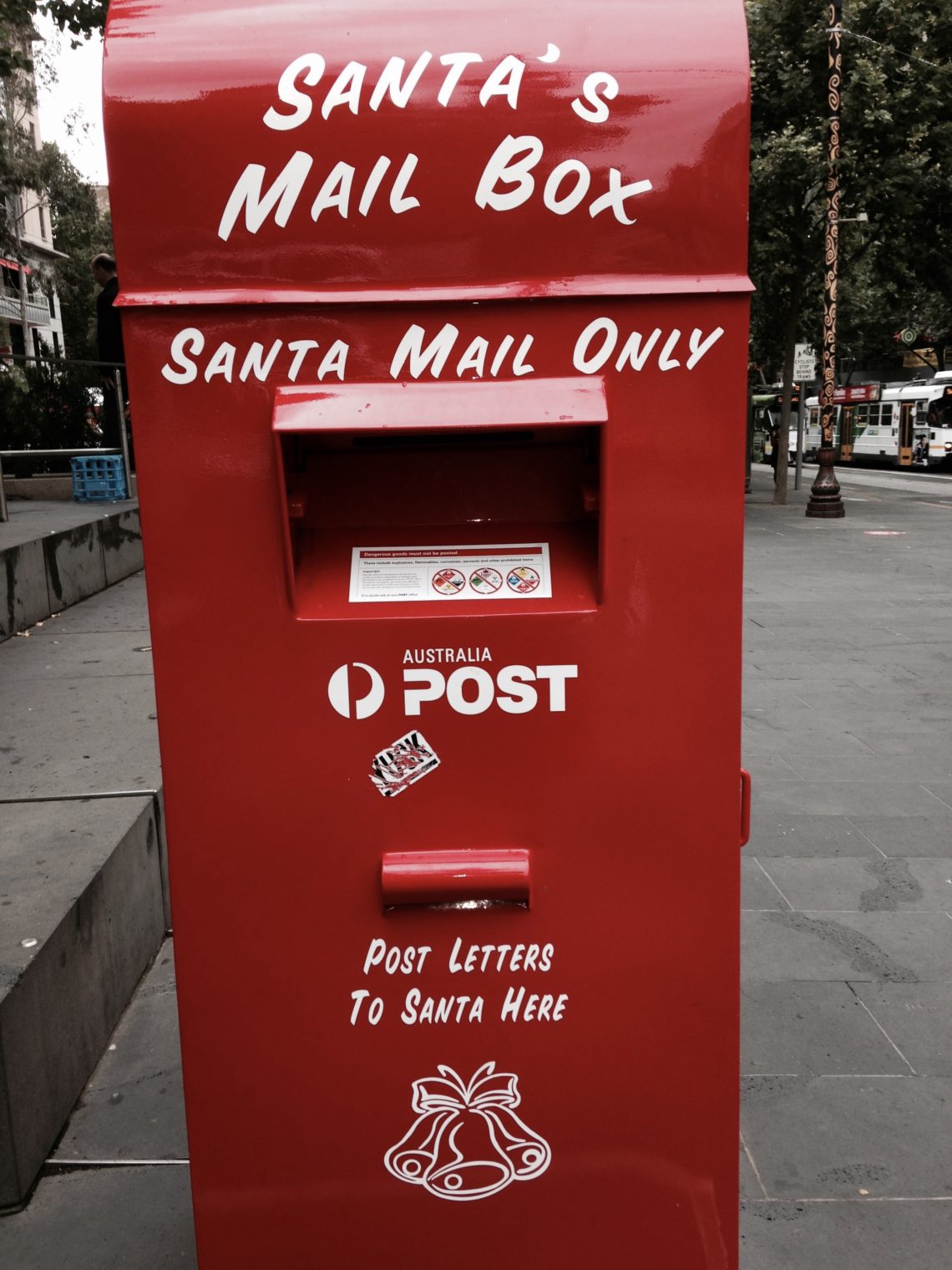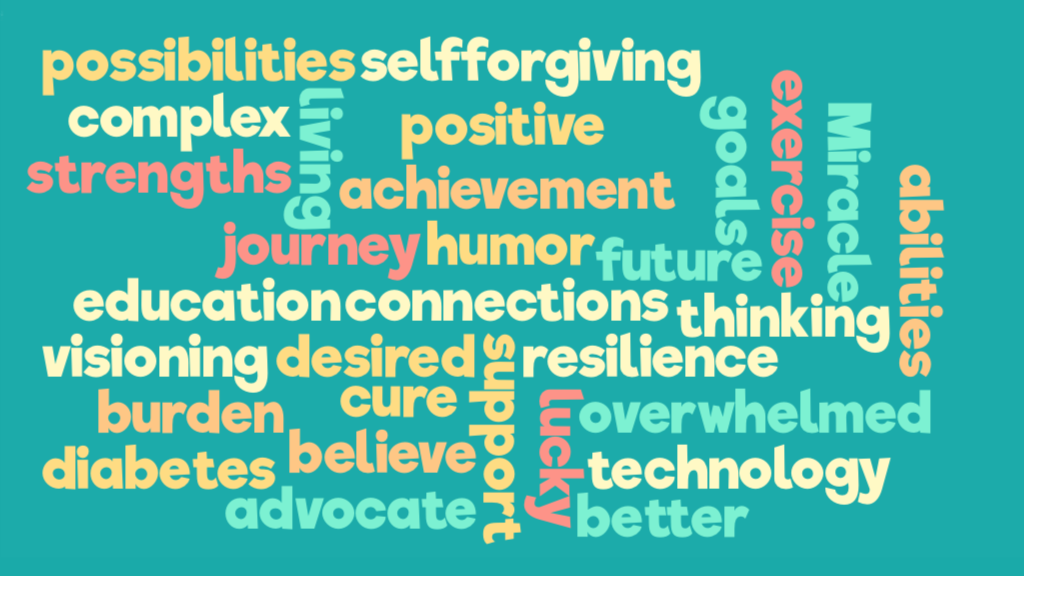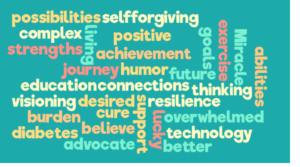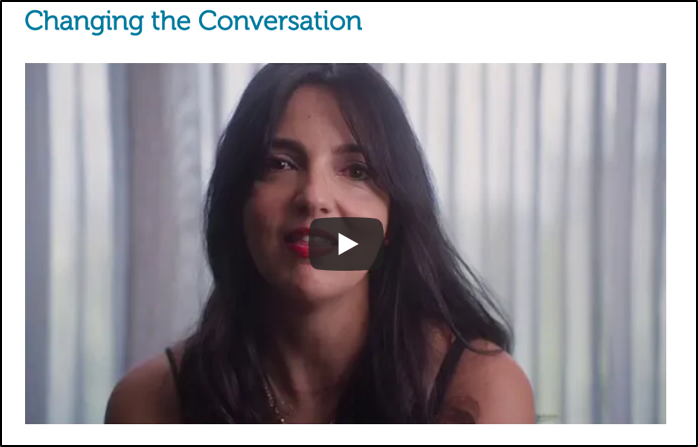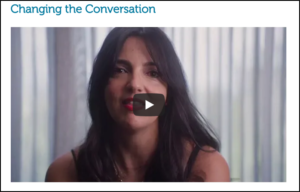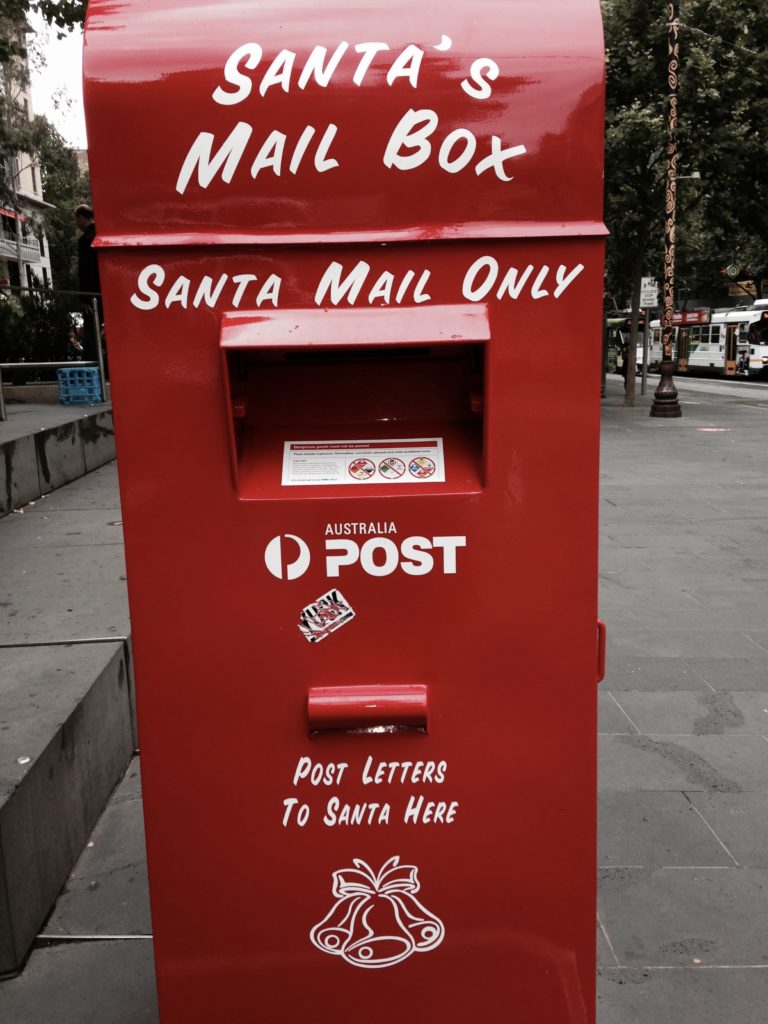
With the holidays in full swing at the time of this post, and carols in the air, the lyrics to a popular holiday song about “making a list and checking it twice” struck a chord with us. Not only does making a list and checking it twice help jolly Old Saint Nicholas keep up with who is “naughty or nice”, evidence shows that making lists lends a number of benefits.
While we @AFreshPOVforYou are personally super fans of lists (especially “to do” lists!), many clients have shared the value they personally find in making lists as well. One client took two days off work to make lists, organize her home, and run errands, noting that it helped her feel calmer. She’s noticed she’s physically and mentally healthier when doing this.
There are many kinds of lists. And whether they’re compiled on a post it note, piece of paper, in an app, in the Notes on your phone, in an electronic document, on a whiteboard, by asking Alexa or Google, or whatever method works for you…the goal is to get information and clutter out of your head and placed somewhere else to refer back to. Making lists can help bring a fresh perspective and point of view on life situations, including life with diabetes.
Here are 7 other benefits of making lists:
- Reduces mental clutter. If a thought is written down or documented where you can easily refer back to it, then you no longer have to waste mental energy and capacity thinking about it. And that directly leads to benefit #2.
- Reduces stress. With lists you can see what needs to happen without having to try to remember or fear you will forget.
- Allows you to prioritize and allocate time most efficiently. You can separate minutia from what matters.
- Helps maintain focus to get things done and combat avoidance, which is particularly helpful when feeling overloaded.
- Serves as a valuable communication tool. Whether lists of questions for your health care team at the next visit. Lists of carbohydrate content of favorite holiday foods. Lists of home repair tasks you need a family member to help with. You get the idea.
- Brings a sense of purpose and accomplishment when marking things off the list.
- Promotes inner calm (not only during the holidays, but beyond). And undoubtedly that can translate into positive health impacts on blood pressure and blood glucose.
List making does offer an opportunity for creativity as well. While some prefer a plain “get it done” checklist, others may prefer a splash of creativity making lists “pretty” via formatting, spacing, color, and font choice. That can enhance calming for some.
While there are many types of lists, here are 10 types of lists that we’ve found valuable in our clients’ every day lives, and in our personal lives, to help calm and conquer (in no particular order):
- To do or task lists. A simple running list of things to accomplish. Seeing allows planning and executing them better.
- Accomplishments. Include even the little things – they add to feeling accomplished.
- Worries. Putting thoughts and feelings into words by writing them down has a calming effect on the brain.
- Gratitude lists. It’s easy to fixate on the things not going well. Rather by turning focus to the good things going on in life, one may become more optimistic and less anxious. When it comes to managing diabetes, for those that may use continuous glucose monitoring (CGM) for instance – rather than focusing on blood glucose out of range, noting gratitude for time in range. What was going on at that time? How can you do that more often?
- Hopes/Life lists/Bucket lists. These are things that you’d like to do, see, or experience. It’s easy to get caught up in the day to day routine and forget about the bigger picture.
- Questions for your health care team. Going to a visit with a list of questions in hand can help insure you get the information you need.
- Shopping lists. One client made an electronic list of all the groceries he bought routinely and arranged it in the order he’d find the items at the store. He’d leave room for additions. Each week, he’d print it off, cross off anything not needed, and add anything not on the list, then go shopping. He found the shopping list template stress-reducing by not having to “re-create” a shopping list each week. And heading into the store armed with an organized shopping list helped him get in and out of the store faster.
- Self-care lists. These are things you can do just for you. So whenever you have even just a few minutes, you have inspiration and ideas at hand. The goal is to help remind you to make the time for self-care. And, you can’t look after anyone else without looking after yourself first.
- Menu lists. A list of tried and true dinner meals that work for you saves so much brain power! No wondering what the carb count is or what to buy at the store. You have ideas in front of you. You may decide to add breakfast, lunch and snacks to the list too.
- Health logs. Considering that a log is basically a list of events tied to specific dates and times, keeping a list of exercise achievements, blood glucose readings, food consumption, or medication doses for instance, can help measure progress and identify opportunities for change.
Keep lists handy and refer to them often. Which lists could help you calm, conquer, and realize a fresh perspective on life?
